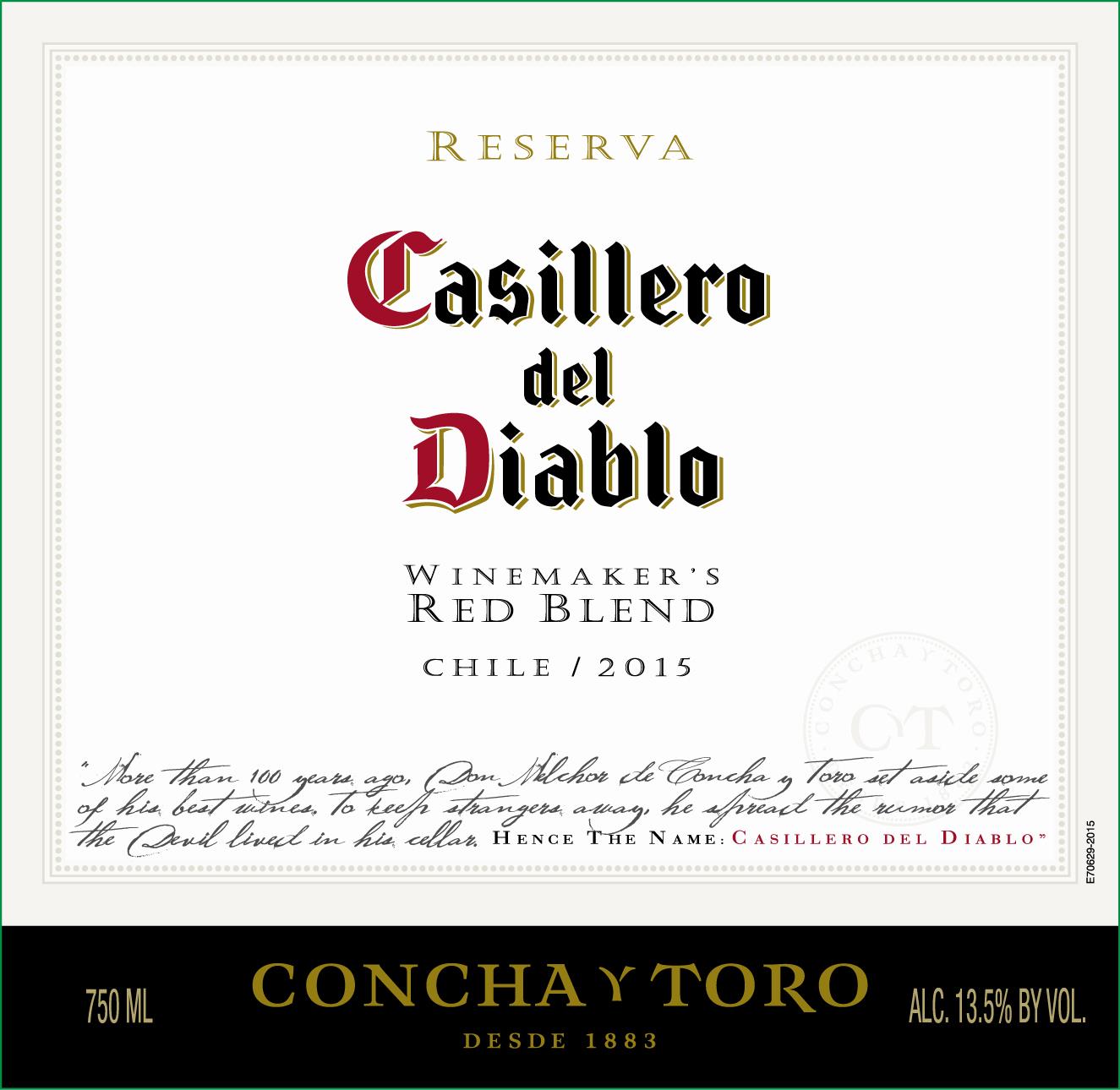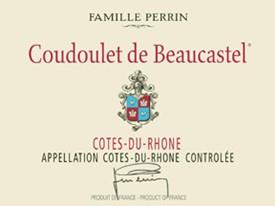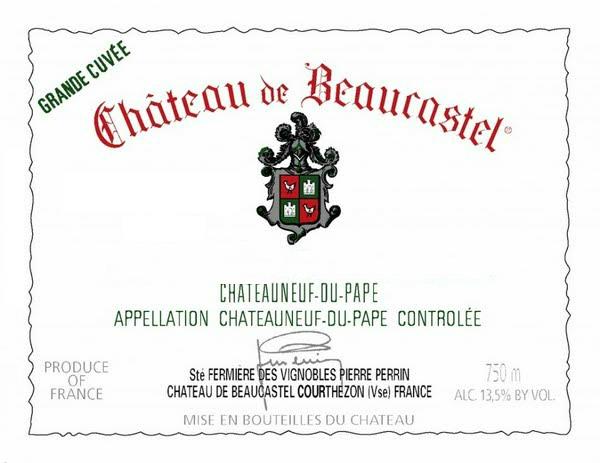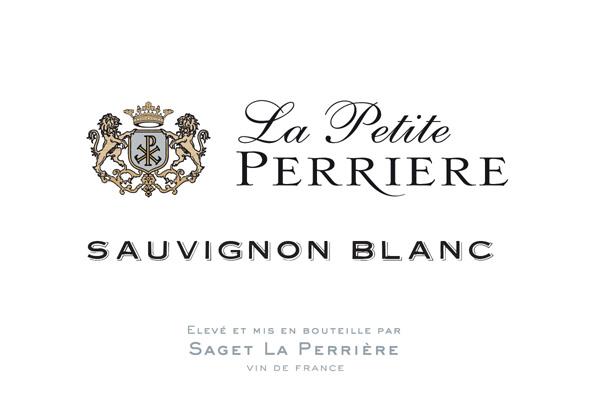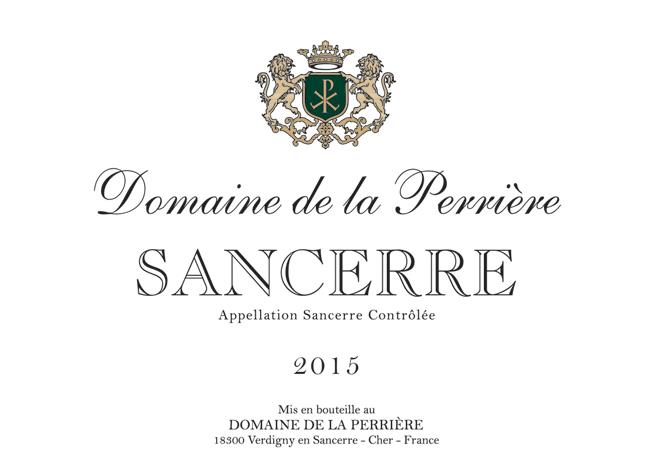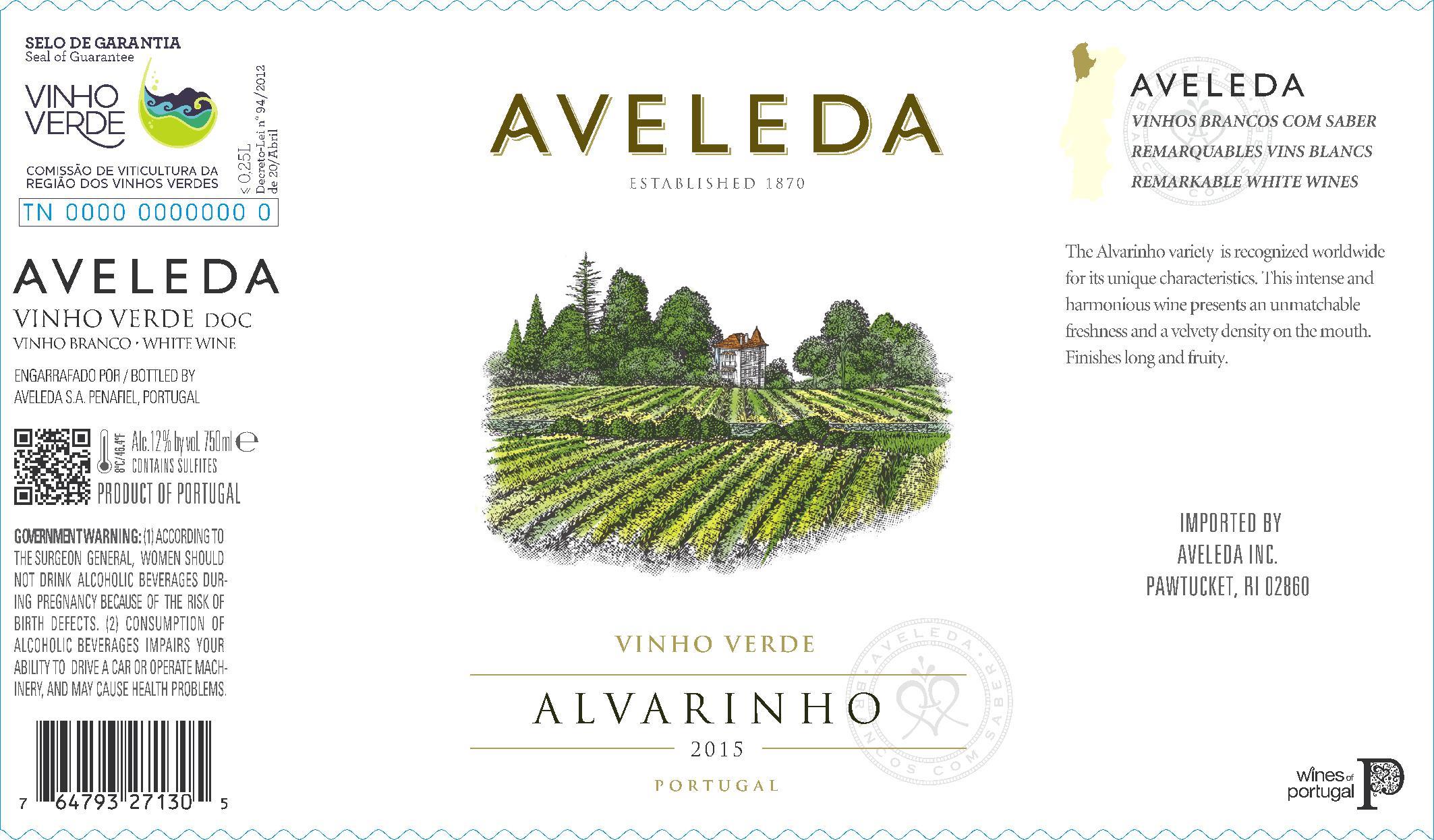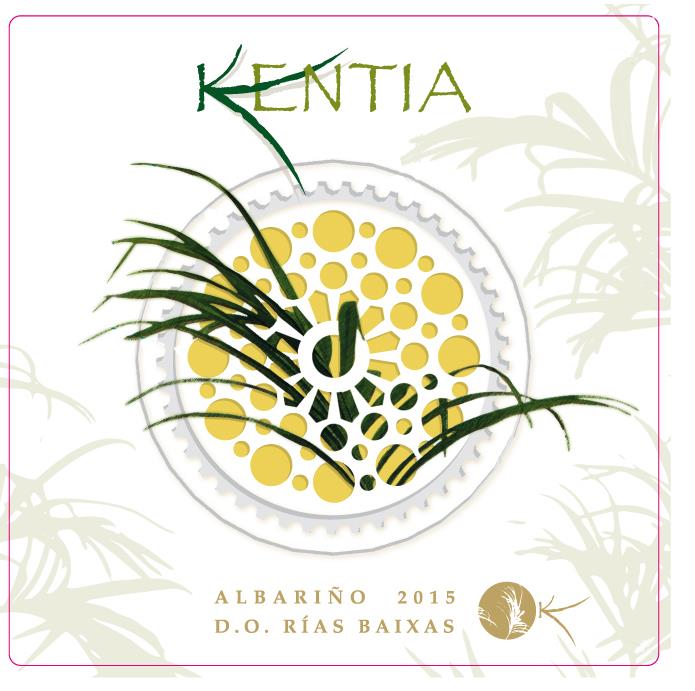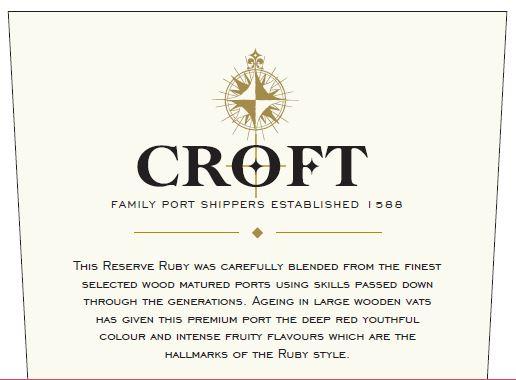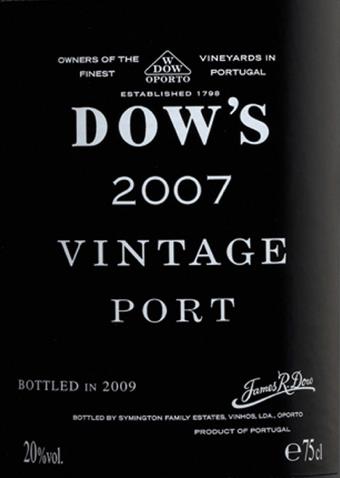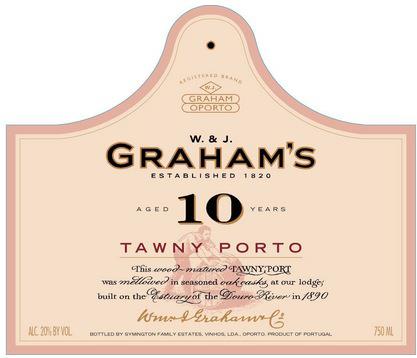Just Taste It: Portuga Red Blend
“Just Taste It” is essentially the phrase that best described my food and drink upbringing. Family members would just put something in front of me and implore me to taste it until I actually did. I am now going to do the same to you by giving you a snapshot of something I tried that I think you will like if you give it an honest shot.
So what is Portuga?
A red wine blend from vineyards near Lisbon, Portugal. Imported by Wine In Motion of Newark, NJ
Who makes it?
Casa Santos Lima, a company that owns about 1,000 acres of vines all over Portugal. They have many brands offering a massive range of styles and price points.
The beauty of many Portuguese wines is that they are transparent regarding what’s inside the bottle…producers and their importers want you to get to know them!
What’s in it?
40% Castelão: this is a grape grown all over Portugal since it is versatile in blends and easy to cultivate. It can be light and fruity (as it is in the case of this specific wine) or stand up to oak aging (adding another dimension to Port wines, especially in “Vintage” years). Its versatility reminds me most of Barbera from Piedmont, Italy
30% Touriga Franca: this is another versatile Portuguese variety, though its aromatic intensity stands out more than Castelão. While important in sweet Port wines, it also makes excellent dry red wines with blackberry and violet notes. In warm years, the wines made from Touriga Franca are full-bodied and plush, similar to Merlot without the chocolatey flavors.
15% Cabernet Sauvignon: Valued for its tannin, acid, and overall structure, Cabernet Sauvignon is typically only used in the southern regions of Portugal as the northern areas tend to stick with native varieties only.
Ruby-colored and berry-scented, the Portuga is an easy-drinking casual weeknight red wine.
15% Syrah: Offers similar structural characteristics to Cabernet Sauvignon, but with distinct black pepper and earthy qualities. An emerging favorite of southern Portugal.
(h/t to Wines of Portugal for helping me best describe Castelão and Touriga Franca)
How is it made?
The wine is actually fermented in concrete tanks, which helps provide a rounder texture without imparting additional flavors the way a wood barrel would. The wine then spends 4 months in a small barrel to soften the texture further.
How does it taste?
Medium-bodied, fruity (all of the berry flavors are in this wine), and rather light in alcohol (12.5% abv).
How do I serve it?
Stick the bottle in the fridge for about 15 minutes; a light chill on the wine makes the fruit and aromatics pop in your glass. It is also a screwcap, so if you don’t have a corkscrew handy, it’s OK. Drink this within a year or two.
What am I eating with this?
Classic beef burgers are the first thing that jumps to mind, but tomato salsa-based Mexican dishes would be really good here, too.
How much is it?
You should be able to find the Portuga Red for about $10 in most places. Casa Santos Lima is available in many parts of the country, but I do notice a significant concentration of their wines in the northeastern U.S.




